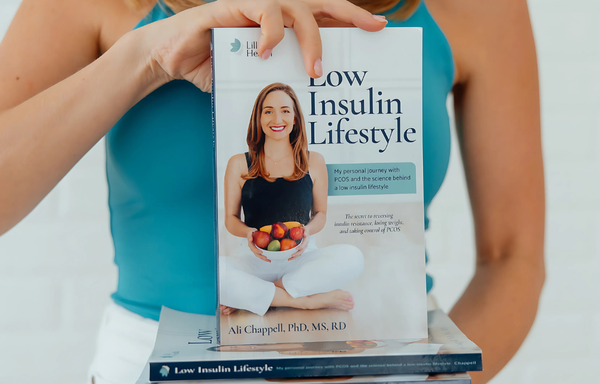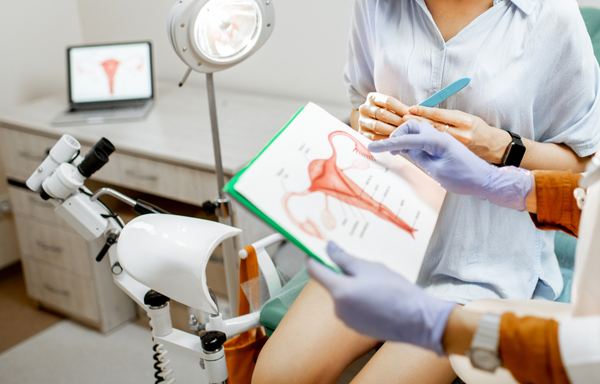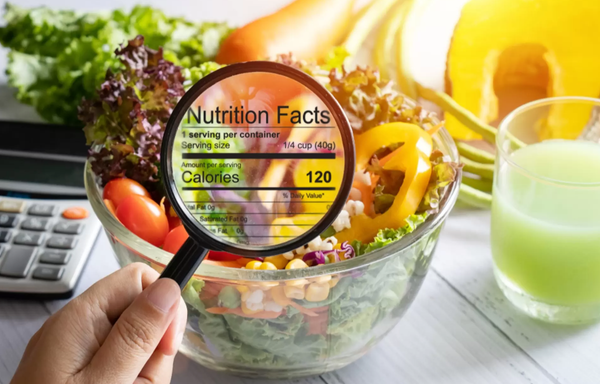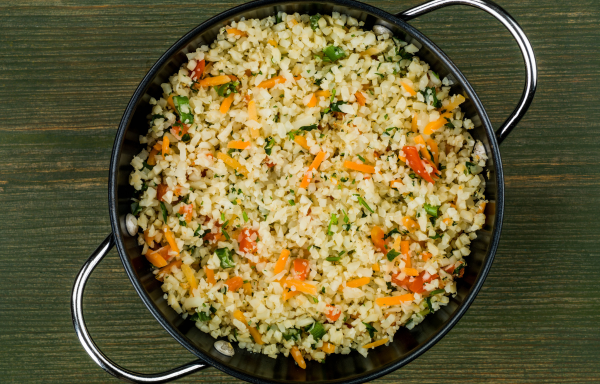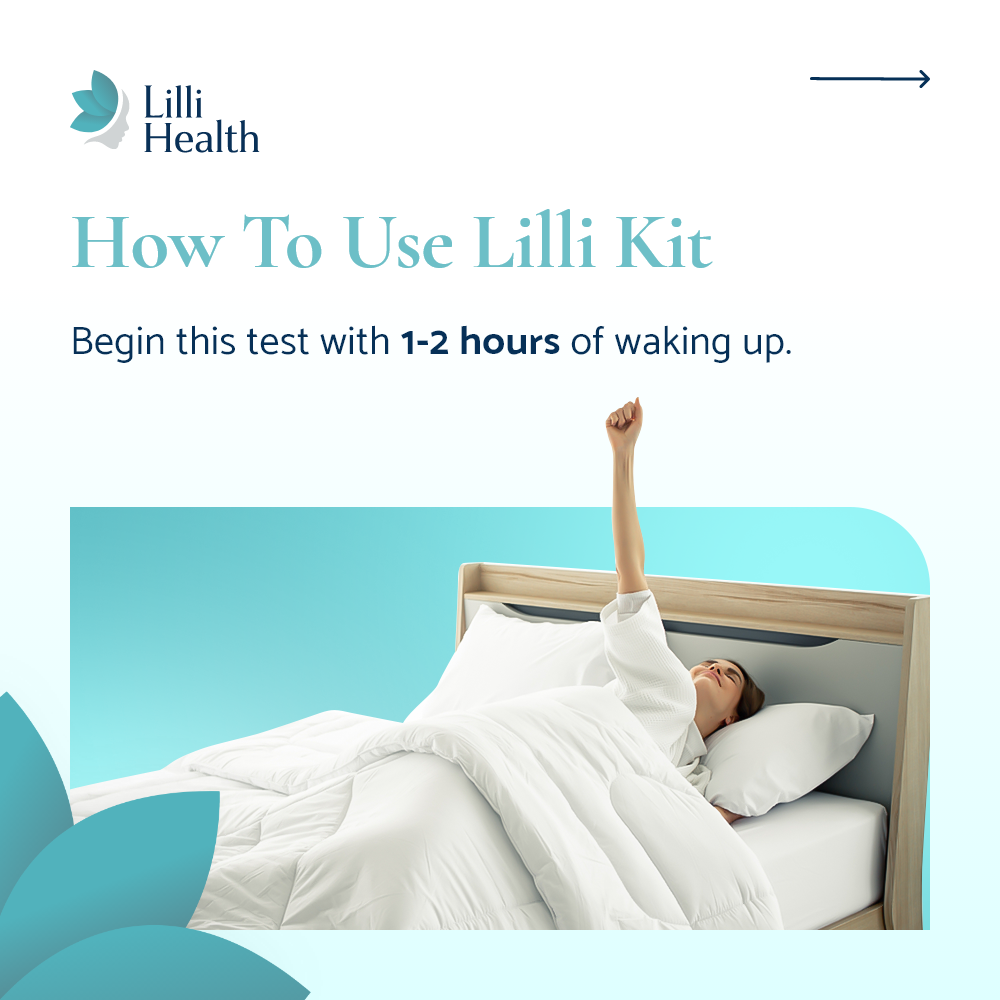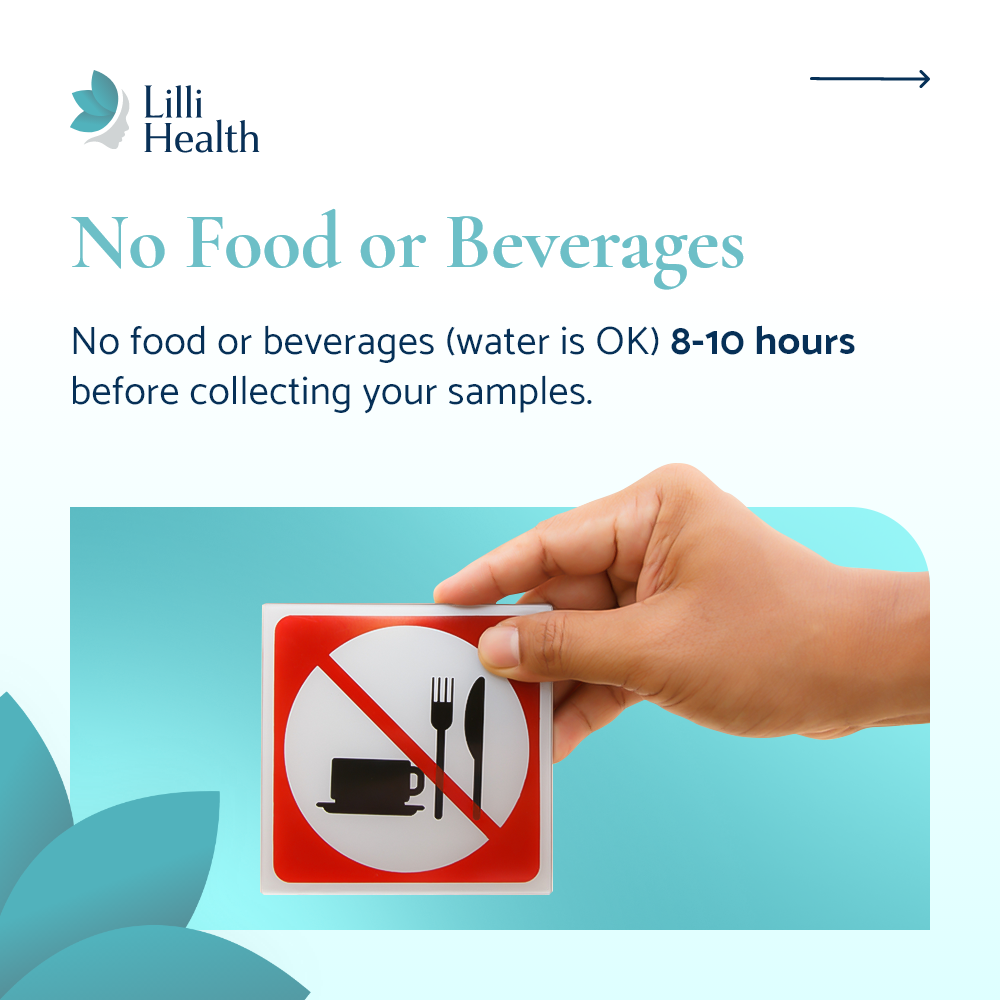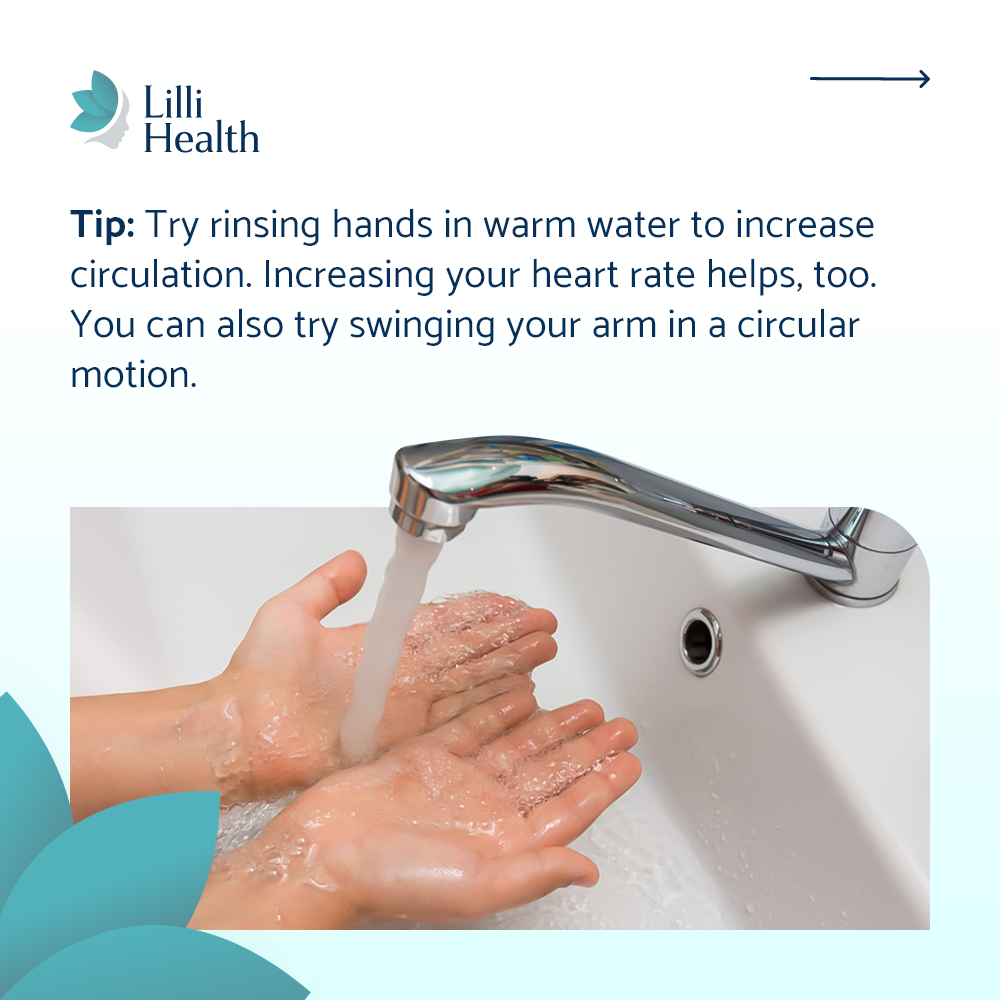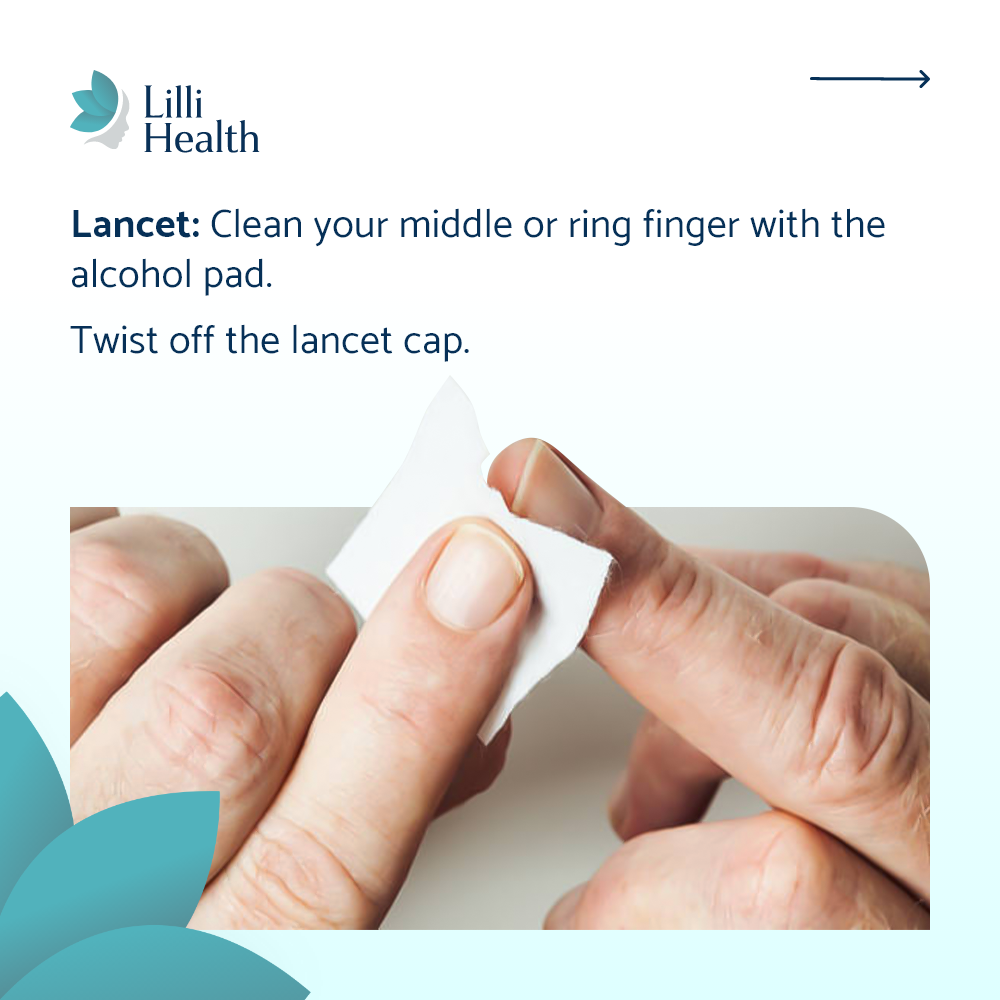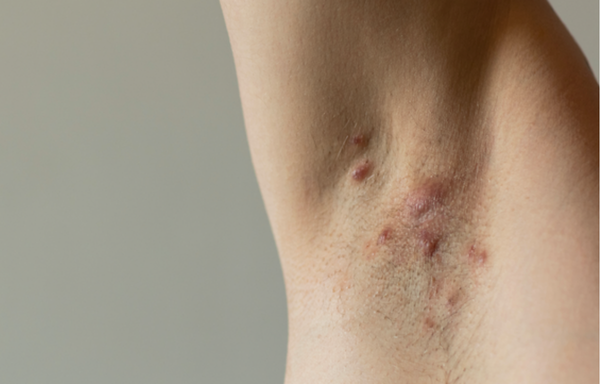

Hidradenitis Suppurativa: What’s Driving the Flare-Ups?
If you’ve ever dealt with hidradenitis suppurativa (HS), you know how painful and frustrating it can be.
These aren’t just little bumps or occasional breakouts—HS is a chronic, inflammatory skin condition that can deeply affect your quality of life.
And yet, most people suffering with HS have no idea that insulin resistance could be playing a major role.
Let’s talk about what HS really is, why insulin matters more than you think, and what you can do to take back control.
What Is Hidradenitis Suppurativa?
HS causes painful, swollen lumps—usually in areas where skin rubs together like the armpits, groin, under the breasts, or buttocks. These bumps can:
- Become inflamed or infected
- Drain fluid or pus
- Form tunnels under the skin (called sinus tracts)
- Leave behind scarring
It’s more than a skin condition. It’s chronic inflammation, and for many, it’s also connected to hormonal imbalance and metabolic dysfunction.
Sound familiar?
The Insulin Resistance Connection
Hidradenitis suppurativa has been strongly linked to insulin resistance, PCOS, obesity, and metabolic syndrome. Why?
Because insulin resistance fuels chronic inflammation—and HS is an inflammatory condition.
When insulin levels are high for long periods of time, your immune system becomes overactive. This leads to inflammation not just in your arteries or liver, but also in your skin.
In fact, research has shown that HS is more common in people with elevated insulin levels, even when their blood sugar is still “normal.”
And most doctors don’t test insulin, so this connection often gets…missed.
Why HS Feels So Out of Control
You may have been told your HS is genetic. Or hormonal. Or something you’ll just have to live with.
You may have tried antibiotics, steroid injections, immune-suppressing medications, or even surgery.
And maybe some of those helped… for a little while.
But unless you address the underlying metabolic fire, the flare-ups tend to keep coming back.
Lowering Insulin = Lowering Inflammation
When you follow a lifestyle that helps you lower insulin levels, you lower inflammation from the inside out.
That means:
- Fewer HS flare-ups
- Less swelling, redness, and pain
- Better skin healing
- Reduced risk of scarring or tunnel formation
This doesn’t happen overnight—but many people see improvement in their HS within a few weeks or months of lowering insulin and reducing chronic inflammation.
You Are Not Broken
If you’ve been dismissed, told to “just lose weight,” or made to feel like your skin condition is your fault—you’re not alone. And you are not broken.
Your body is reacting to something it was never meant to handle: chronically high insulin levels caused by a modern diet full of starches, sugars, and dairy.
The good news is, you can change the input—and start to change the outcome.
The Bottom Line
HS is a skin condition, yes. But more than that, it’s a metabolic condition.
One that can be dramatically improved by changing the way you eat, move, and live—starting with insulin.
If you’ve tried everything and nothing’s worked… try going deeper. Don’t just treat your skin. Support your metabolism.
A Low Insulin Lifestyle is more than a food plan—it’s a new way to care for your body from the inside out. Because when you heal the root, the surface begins to heal too.
References
Vilanova I, et al. Insulin resistance in hidradenitis suppurativa: a case-control study. J Eur Acad Dermatol Venereol. 2018. Read more
Abu Rached N, et al. The Role of Hormones in Hidradenitis Suppurativa: A Systematic Review. Int J Mol Sci. 2022. Read more
Hambly R, et al. Metformin Treatment of Hidradenitis Suppurativa: Effect on Metabolic Parameters, Inflammation, Cardiovascular Risk Biomarkers, and Immune Mediators. Int J Mol Sci. 2023. Read more
